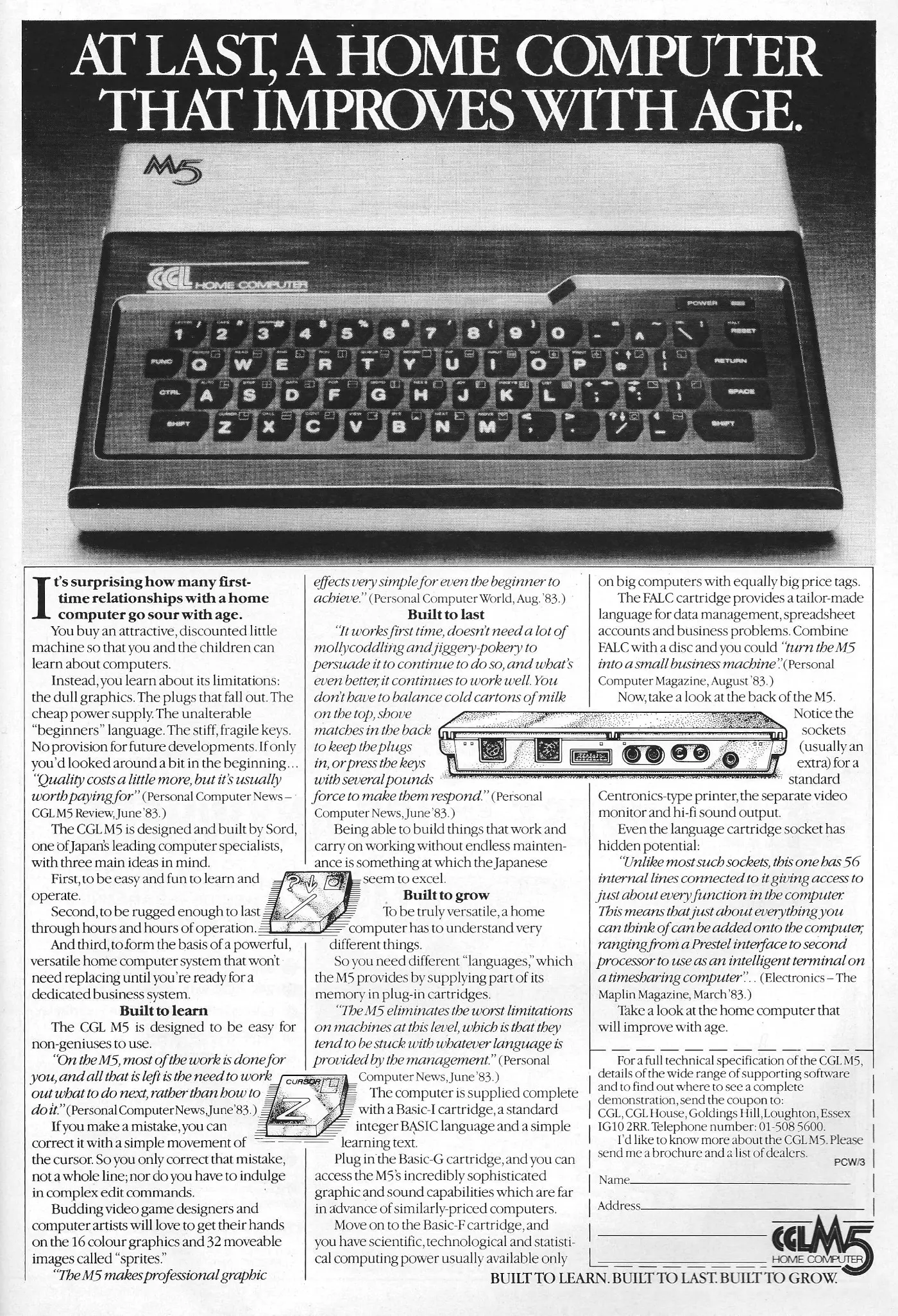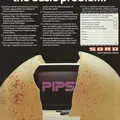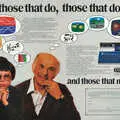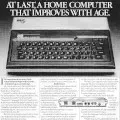Sord/CGL Advert - January 1984
From Your Computer

Sord M5: At last, a home computer that improves with age
It's another advert for the Sord M5, known in the UK as the CGL M5, on account of its distributor.
It ran a Zilog Z80A, along with the same video chip as the MSX standard, making it almost, but not quite like an MSX machine - it differed in its use of the same sound chip as the BBC Micro.
It also offered several different versions of BASIC, like the Transam Triton of 1979.
Sord - which in 1982, with its £40 million (£190 million in 2025) turnover, was considered as Japan's fastest-growing company[1] - had been around in the UK since at least the end of 1979, when its 16K M100 machine was available for around £780 (£5,600)[2].
The company started recruiting for a UK-wide dealership network during 1982 and by the end of that year had opened up a new UK headquarters just off Haymarket in London, with company president Takayoshi Shiina in town to do the honours.
Perhaps surprisingly, Shiina also offered to do a deal with Sinclair, which he suggested was "a really good company".
He continued "If possible I would like to join with Sinclair in this market for mutual benefit. The market is so large and I don't like competition"[3].
By September 1983, the CGL/Sord M5 was selling for £150 (£660 in 2025 money) and had entered Personal Computer News' Top Twenty chart at number 19[4].
The number 1 at the time was the Sinclair Spectrum, at £99 (£430) with the venerable £150 (£660) VIC-20 still at number 4, beating off competition from its own sibling the C64 at £299 (£1,320) at number 8.
This price marked a £40 discount from its previous level at round £190 (£830), even though it was originally intended to sell for just £100.
Sord was not alone in having to keep up with the savage price wars raging during the latter half of 1983, but at least it was generous to owners of existing machines - if a proof of purchase was taken to a Sord retailer, the owner could pick up a free copy of the BASIC G language, worth £35[5].
When it was announced in the press, Sord described its own machine, somewhat oddly, as a "variety" computer which was supposed to be capable of anything from "playing intellectual games" to "data processing"[6]
In September 1983, Sord announced its "smaller Sord" competitor to Tandy's portable Model 100 - the Sord IS-11, which came with a proper full-size keyboard, 40x8 LCD screen, built-in micro-cassette drive and an expected 64K memory.
It was part of Sord's self-proclaimed attempt to become Japan's largest computer manufacturer "within a few years".
The IS-11 came with two optional add-ons: a pen-plotter printer for the left-hand side and a calculator-type keyboard for the right and was expected to be available in early 1984, along with other machines such as the M-68 and a "32-bitter"[7].
The M5 had been received enthusiastically by the press and retailers upon its release, but sales were slow and users were "somewhat out on a limb".
As a matter of urgency, CGL launched an intensive development program in early 1984 to "keep the M5 customer satisfied", including announcing more software, with games and educational titles, support and hardware, as well as free membership to a new M5 Users' Club, available to those in possession of a warranty card.
This gave access to a support line as well as the obligatory newsletter.
Although David Morein, CGL's Managing Director, was a bit tight-lipped about forthcoming stuff, the newsletter did mention the PT5 printer and a 32K RAM pack, with a new M5 disk system promised "soon"[8].
Date created: 12 November 2013
Last updated: 11 December 2024
Hint: use left and right cursor keys to navigate between adverts.
Sources
Text and otherwise-uncredited photos © nosher.net 2025. Dollar/GBP conversions, where used, assume $1.50 to £1. "Now" prices are calculated dynamically using average RPI per year.


